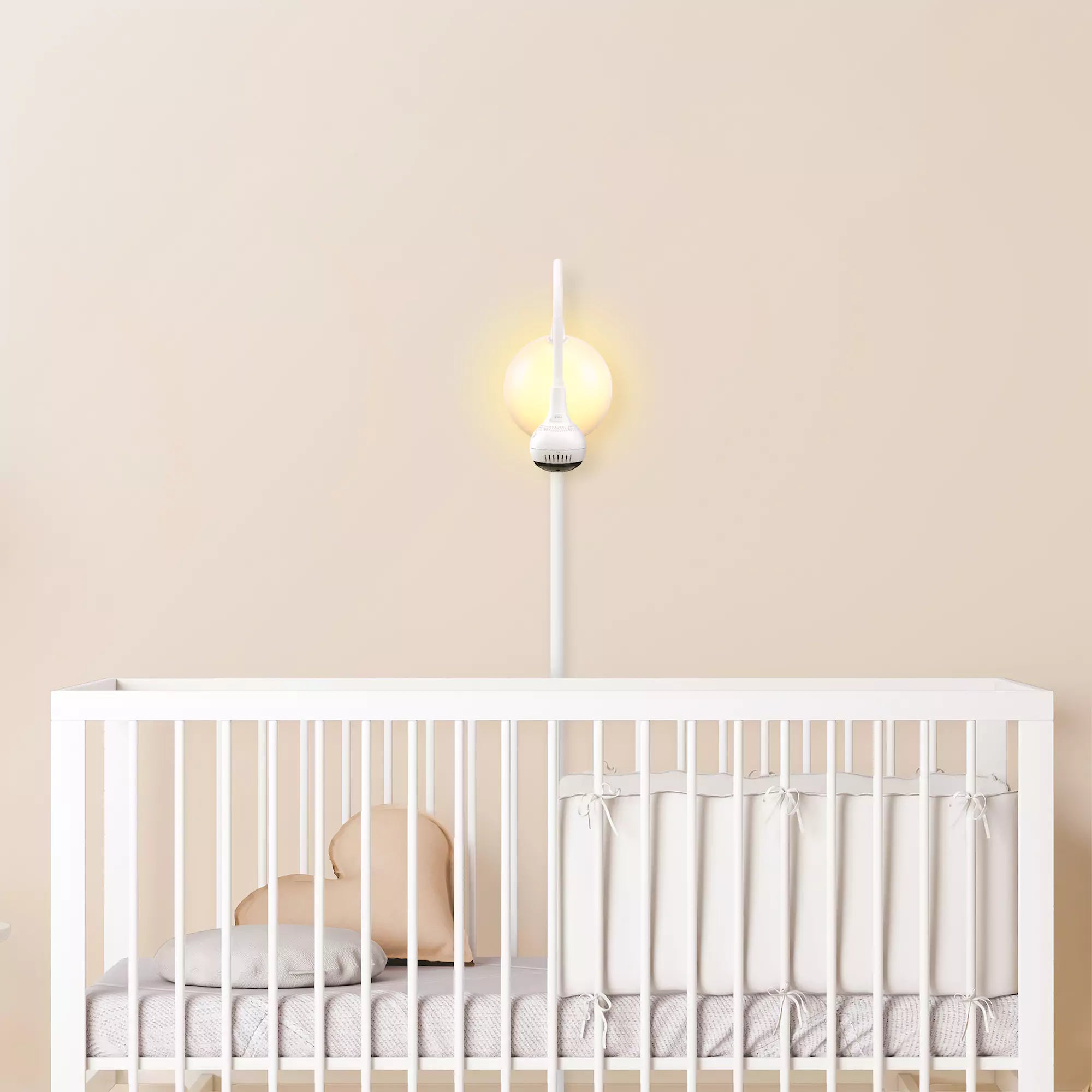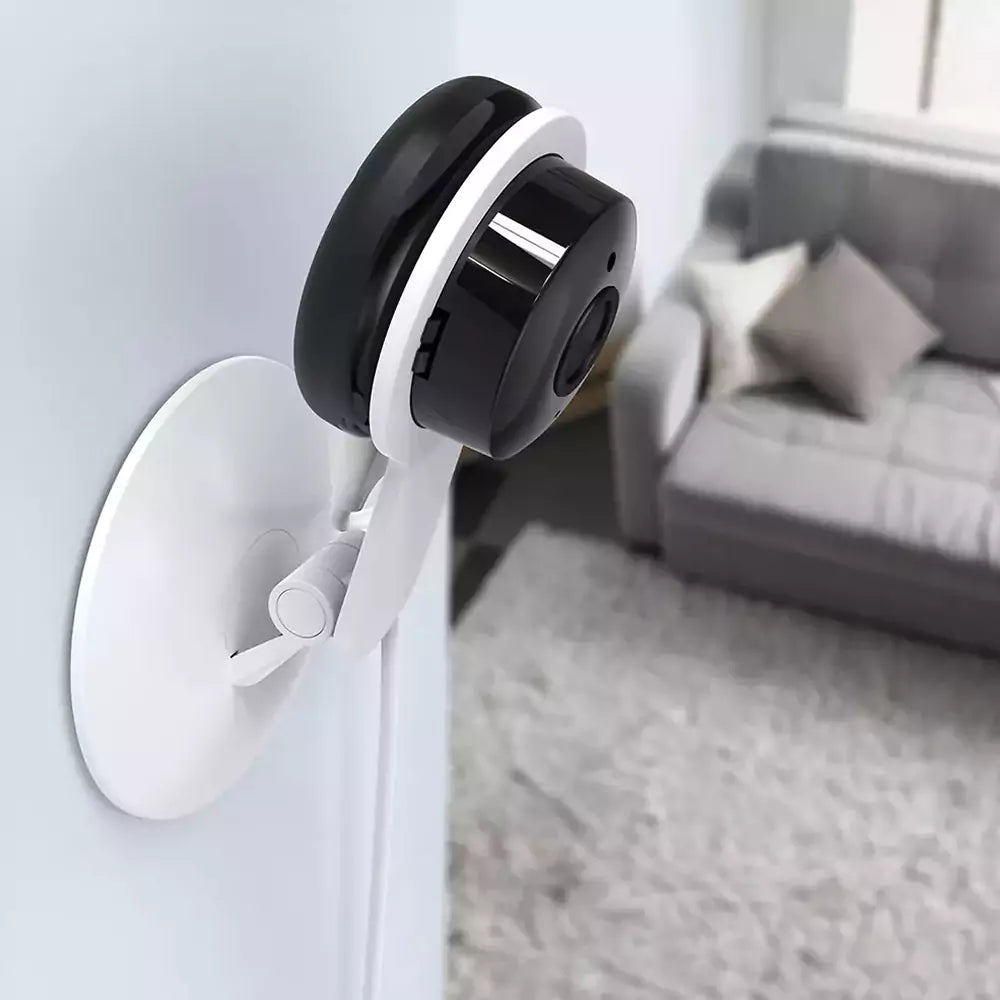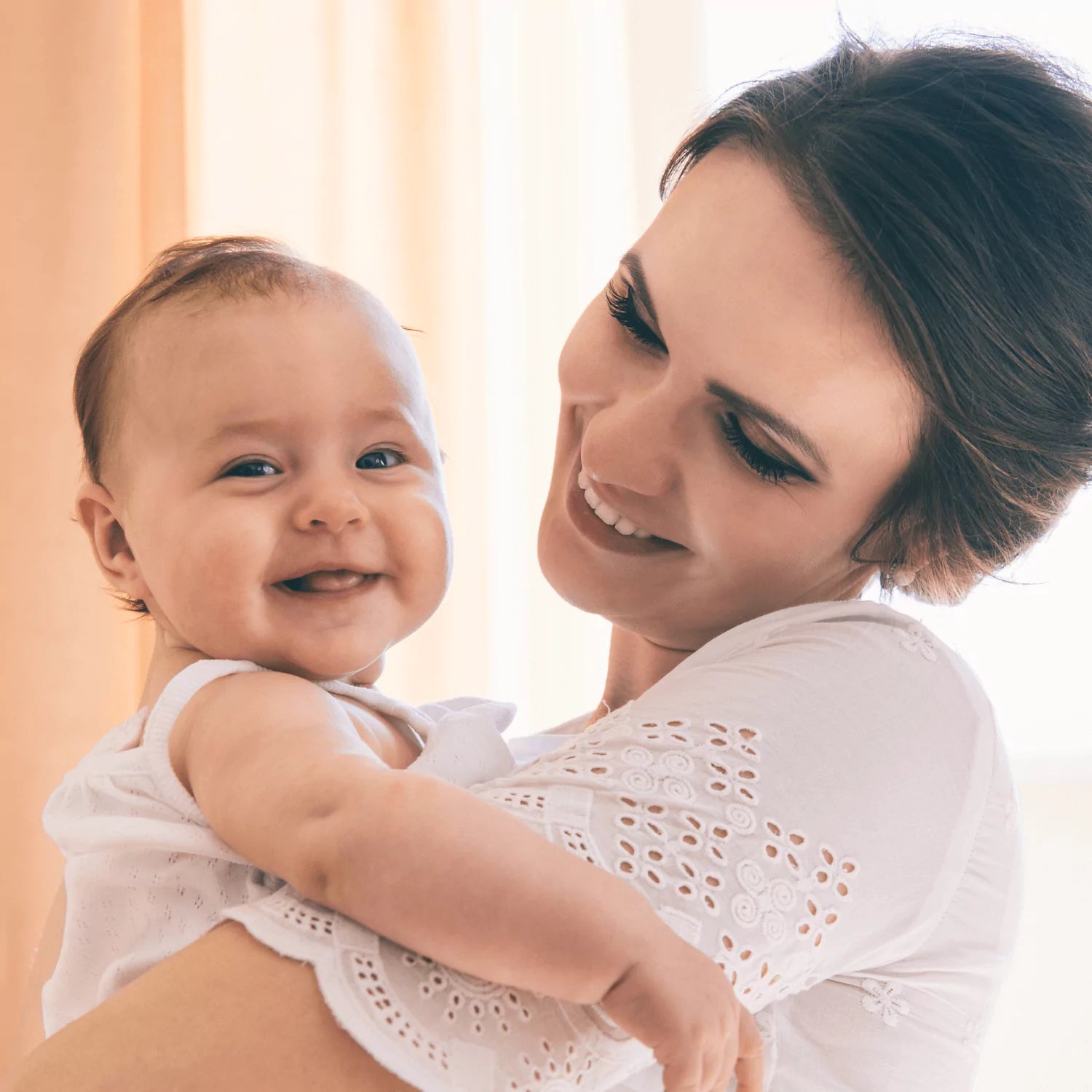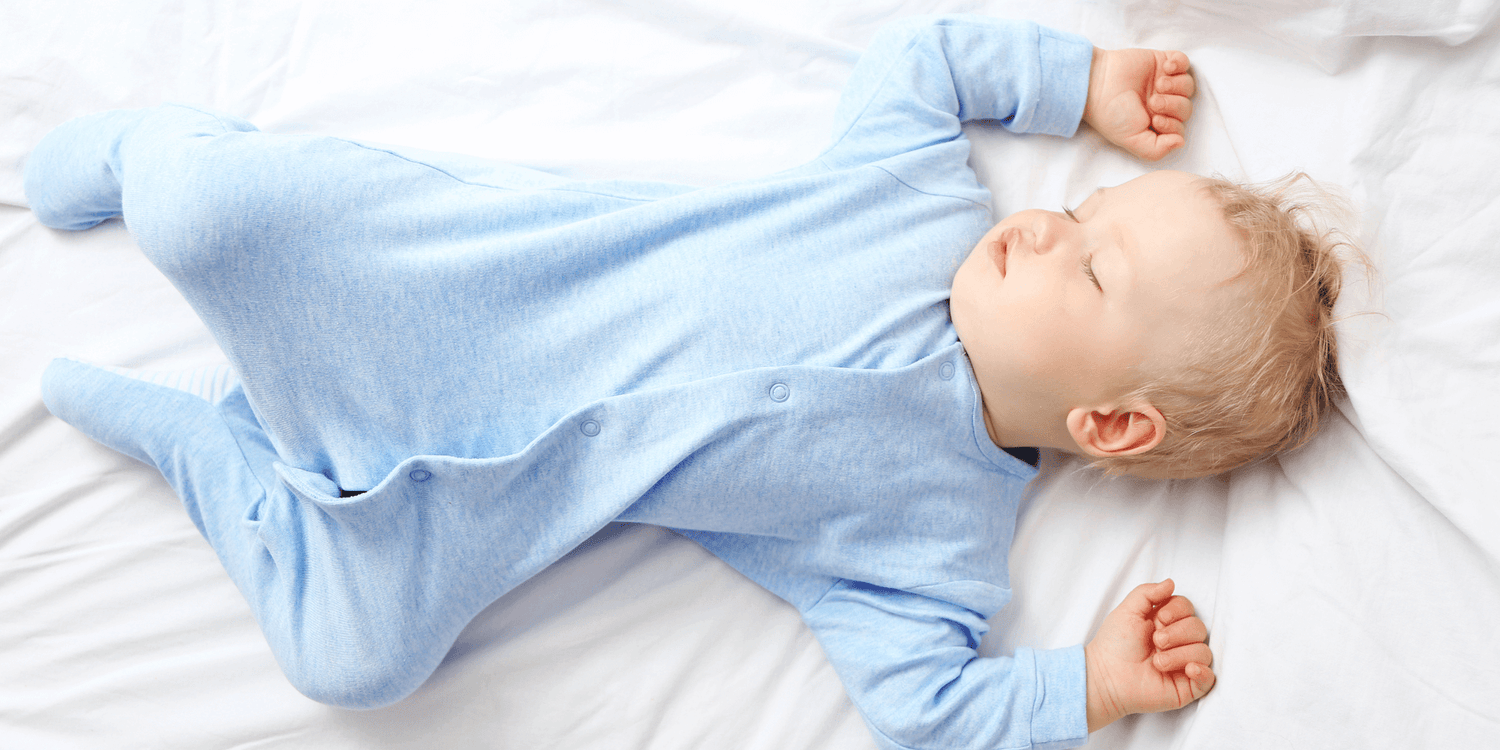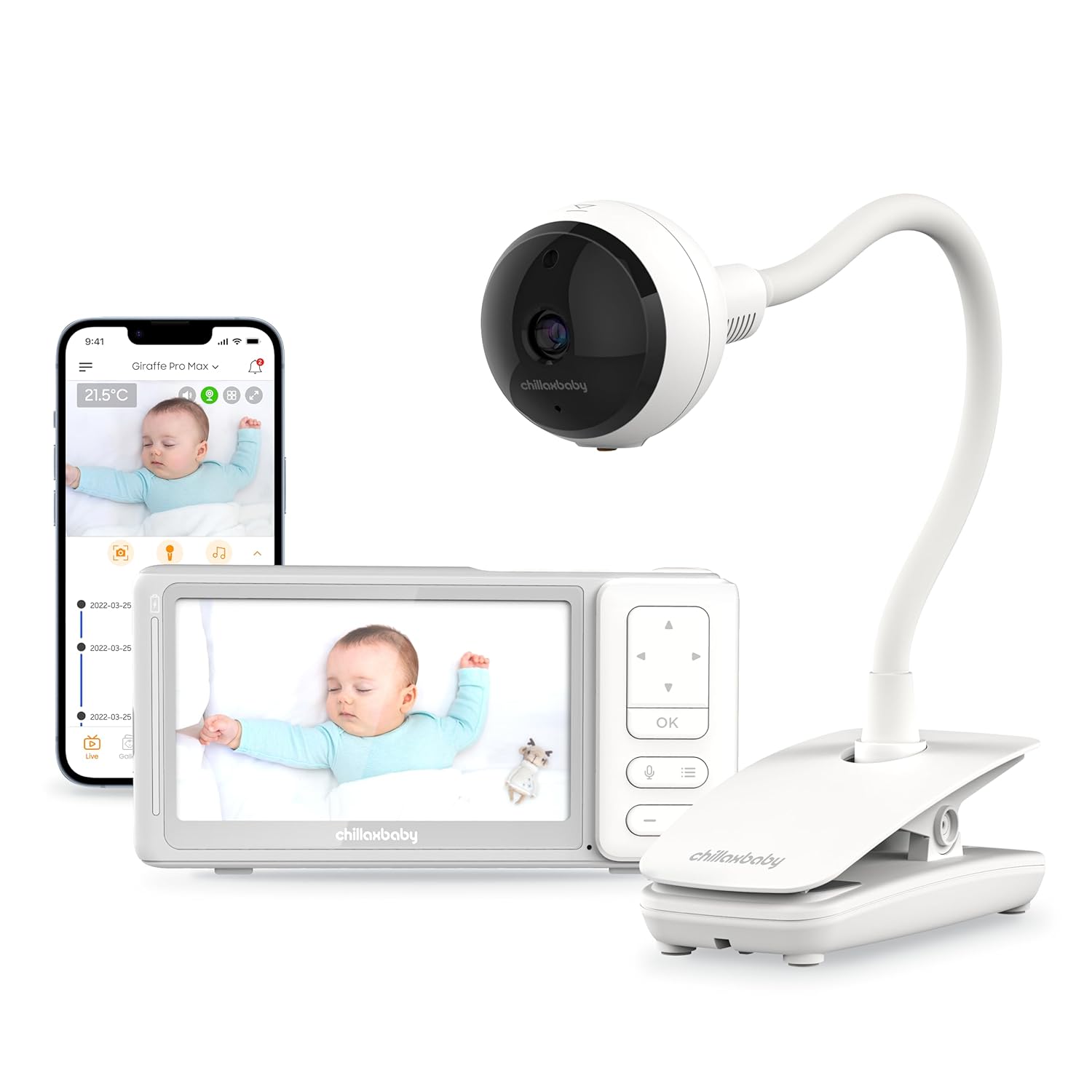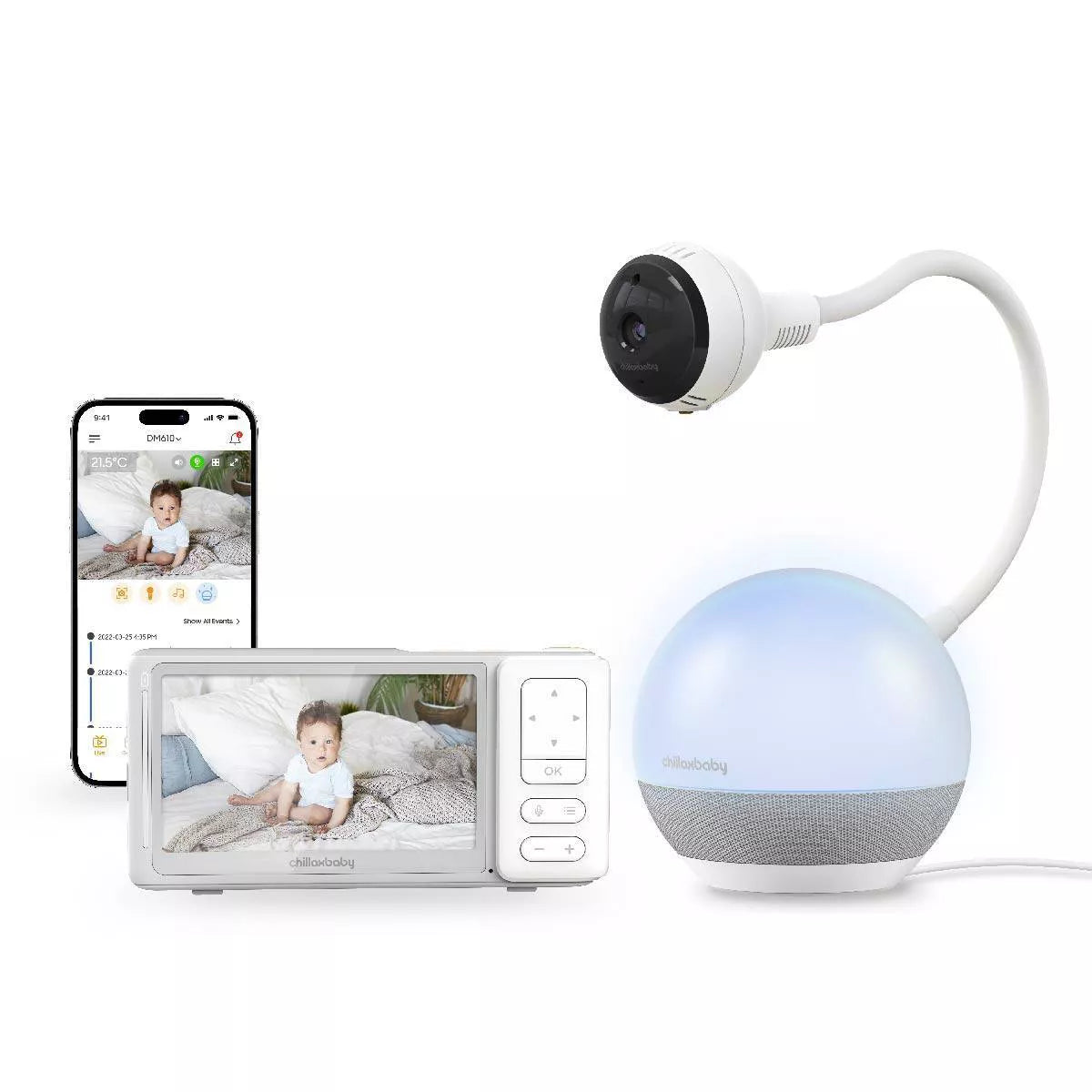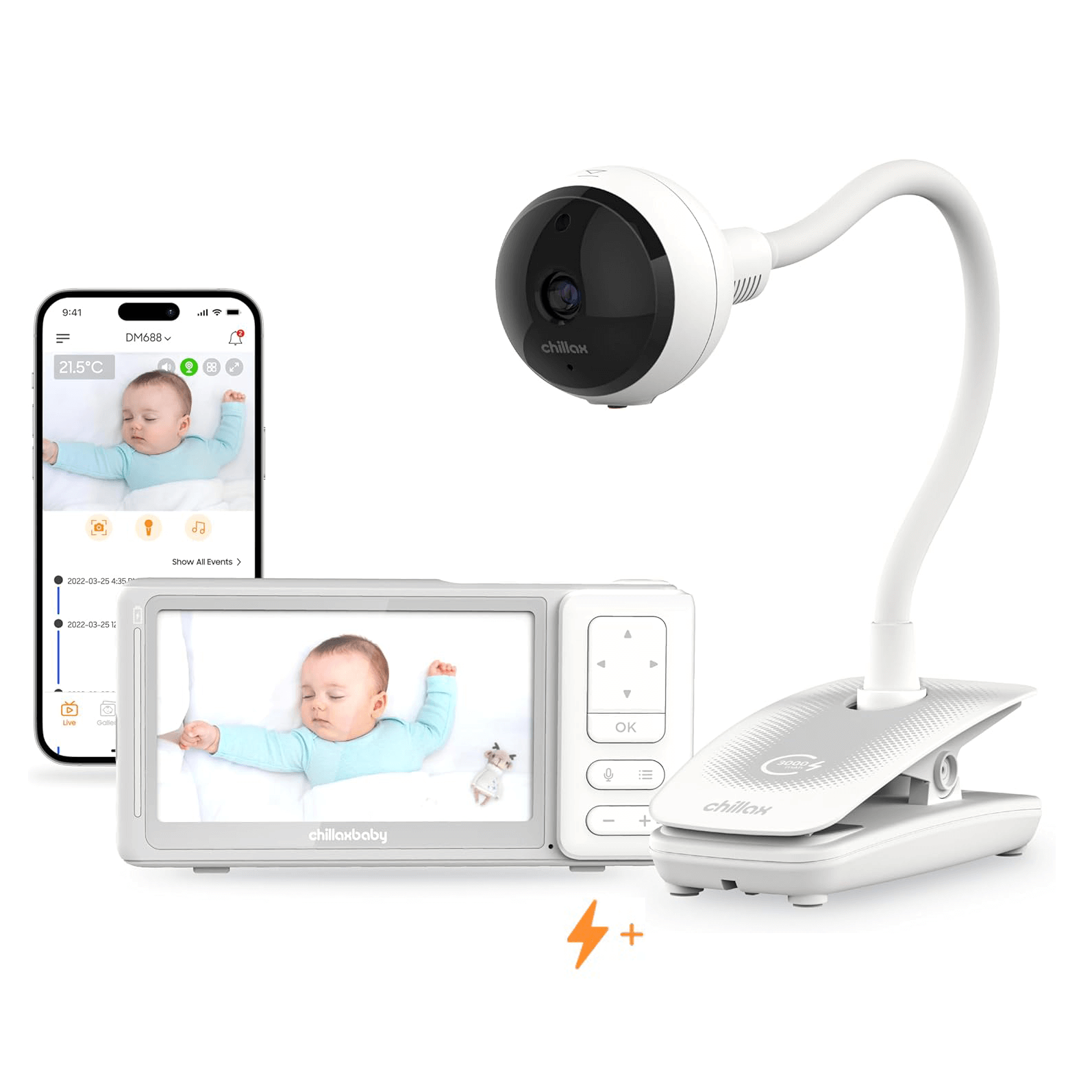As a new parent, one of the most common questions you may have is how to dress your baby for sleep. With so many options for baby sleepwear, it can be overwhelming to figure out what is best for your little one. In this article, we will discuss the different types of baby sleepwear and provide tips on how to dress your baby for a good night's sleep.
Types of Baby Sleepwear
There are several types of baby sleepwear to choose from, including onesies, pajamas, and sleep sacks. Onesies are one-piece garments that cover the baby's torso and snap at the crotch. They are a popular choice for newborns and can be worn alone or paired with pants. Pajamas are two-piece sets that typically consist of a top and bottom. They come in a variety of styles and materials, such as cotton or fleece. Sleep sacks are wearable blankets that keep the baby warm and cozy without the risk of loose blankets in the crib.
Consider the Temperature
When dressing your baby for sleep, it's important to consider the temperature of the room. The ideal room temperature for a baby's sleep is between 68-72 degrees Fahrenheit. If the room is on the cooler side, you may want to dress your baby in a onesie and pajamas or a sleep sack. If the room is warmer, a onesie or just a diaper may be enough to keep your baby comfortable.
Layering is Key
Babies can't regulate their body temperature as well as adults, so it's important to dress them in layers. This allows you to easily add or remove clothing as needed to keep your baby at a comfortable temperature. For example, you can dress your baby in a onesie and pajamas, and then add a sleep sack on top for extra warmth. This also makes it easier for nighttime diaper changes without fully undressing your baby.
Choose the Right Material
When it comes to baby sleepwear, the material is just as important as the style. It's best to choose soft, breathable materials such as cotton or bamboo. These materials are gentle on your baby's delicate skin and help regulate their body temperature. Avoid synthetic materials, as they can cause irritation and discomfort for your baby.
Safety First
When dressing your baby for sleep, safety should always be a top priority. Avoid any clothing with strings, ties, or loose buttons that can pose a choking hazard. It's also important to make sure the sleepwear fits properly and is not too loose or too tight. Loose clothing can increase the risk of suffocation, while tight clothing can restrict movement and cause discomfort.
Consider Your Baby's Preferences
Every baby is different, and what works for one may not work for another. Pay attention to your baby's preferences and adjust their sleepwear accordingly. Some babies may prefer to sleep in just a onesie, while others may need a sleep sack to feel secure. As your baby grows and develops, their sleepwear preferences may change, so be open to trying different options.
By following these tips, you can ensure that your baby is dressed comfortably and safely for a good night's sleep. Remember to always prioritize safety and consider your baby's individual needs and preferences when choosing sleepwear. Sweet dreams, little one!

